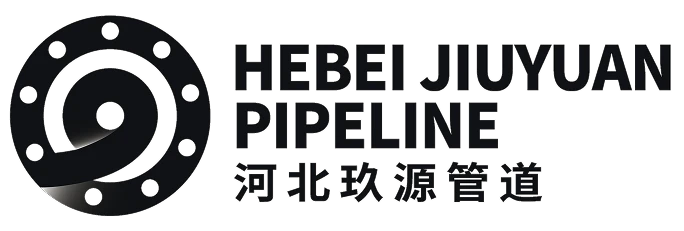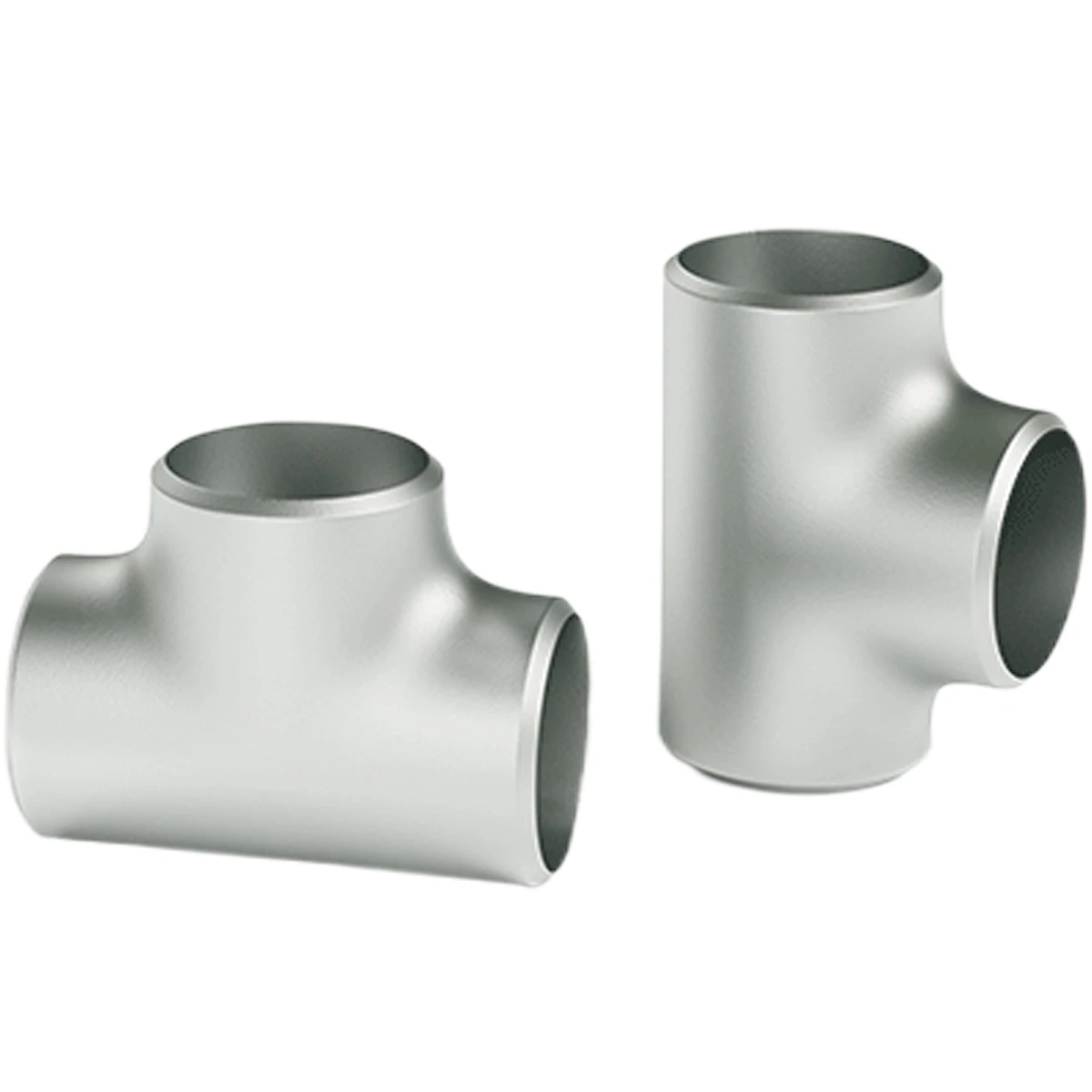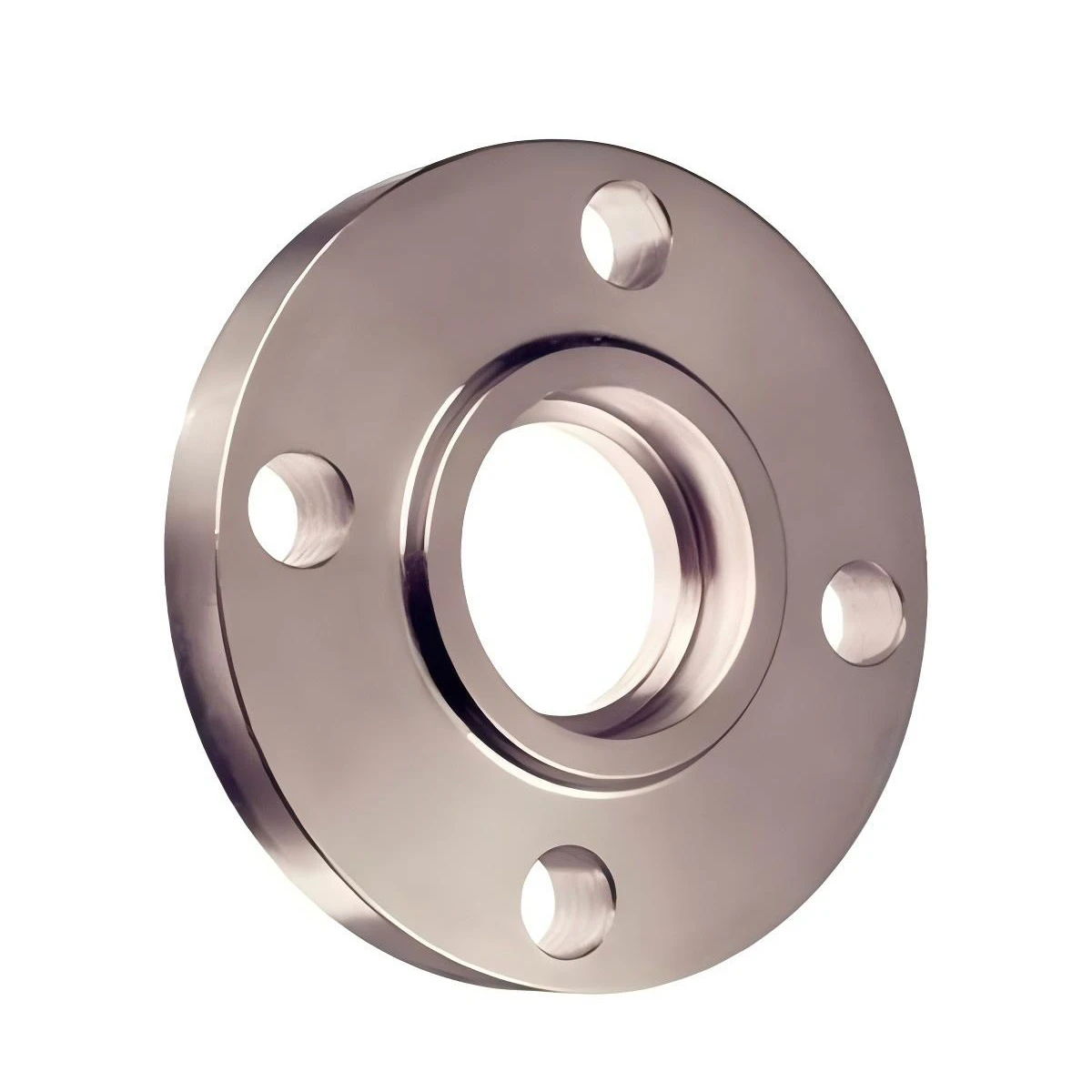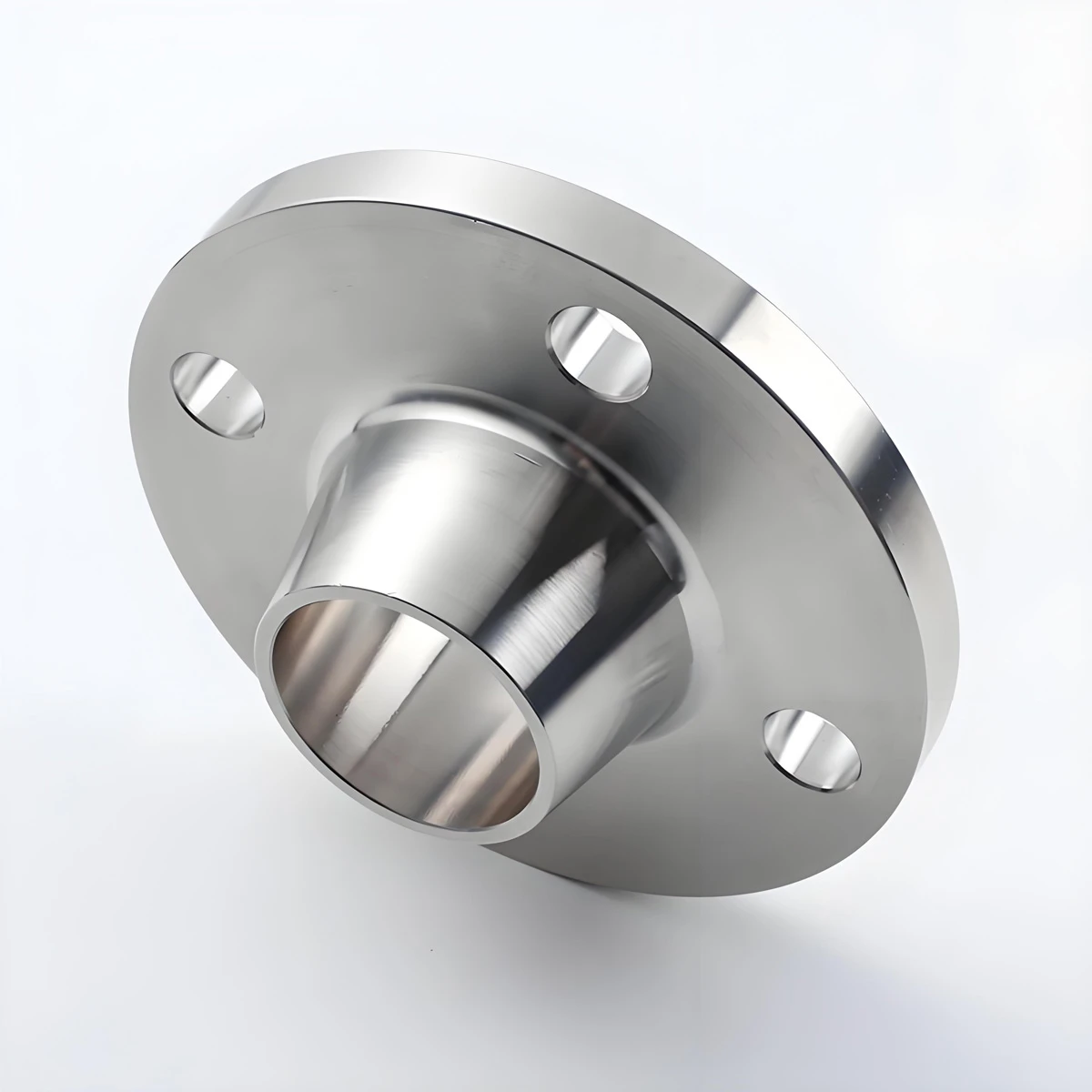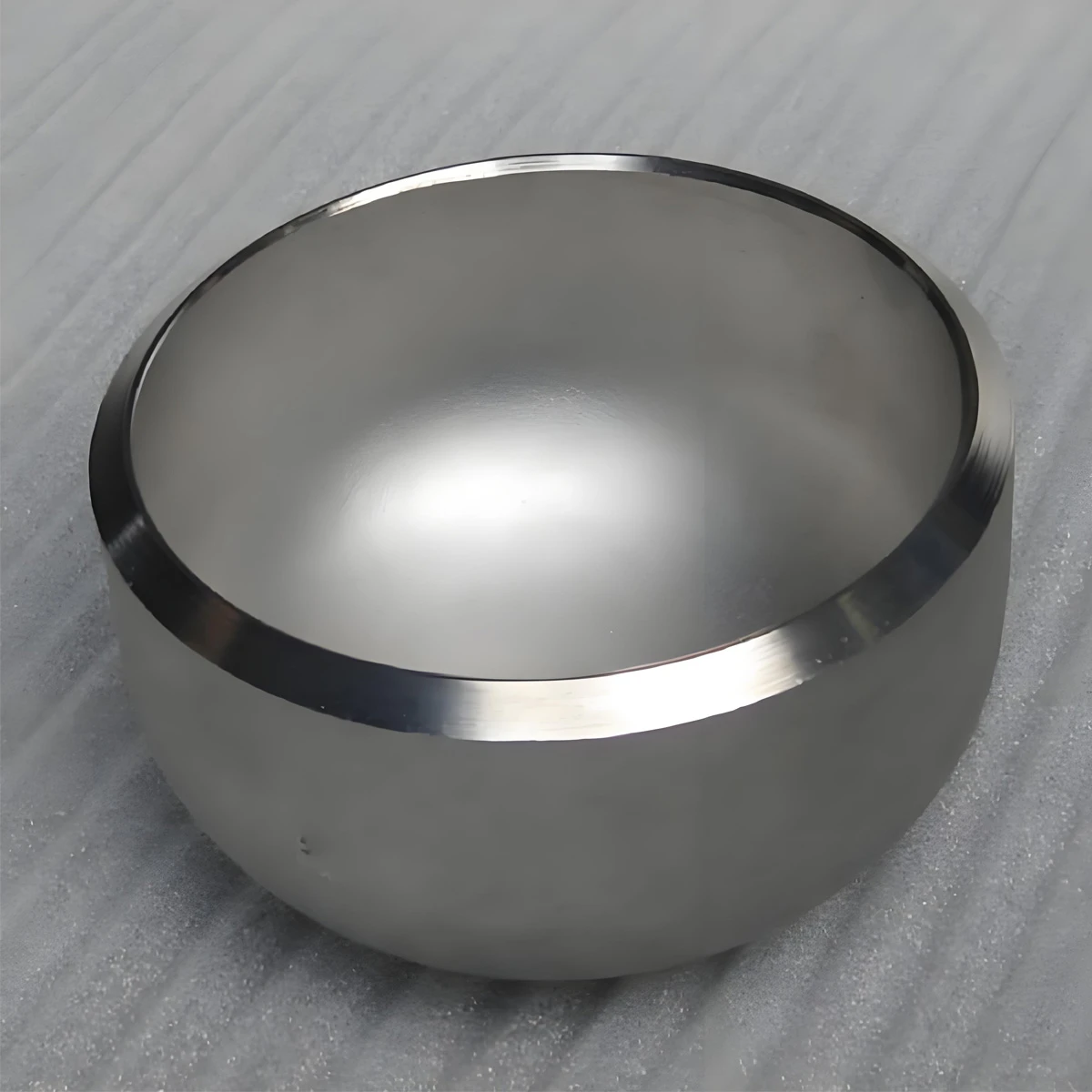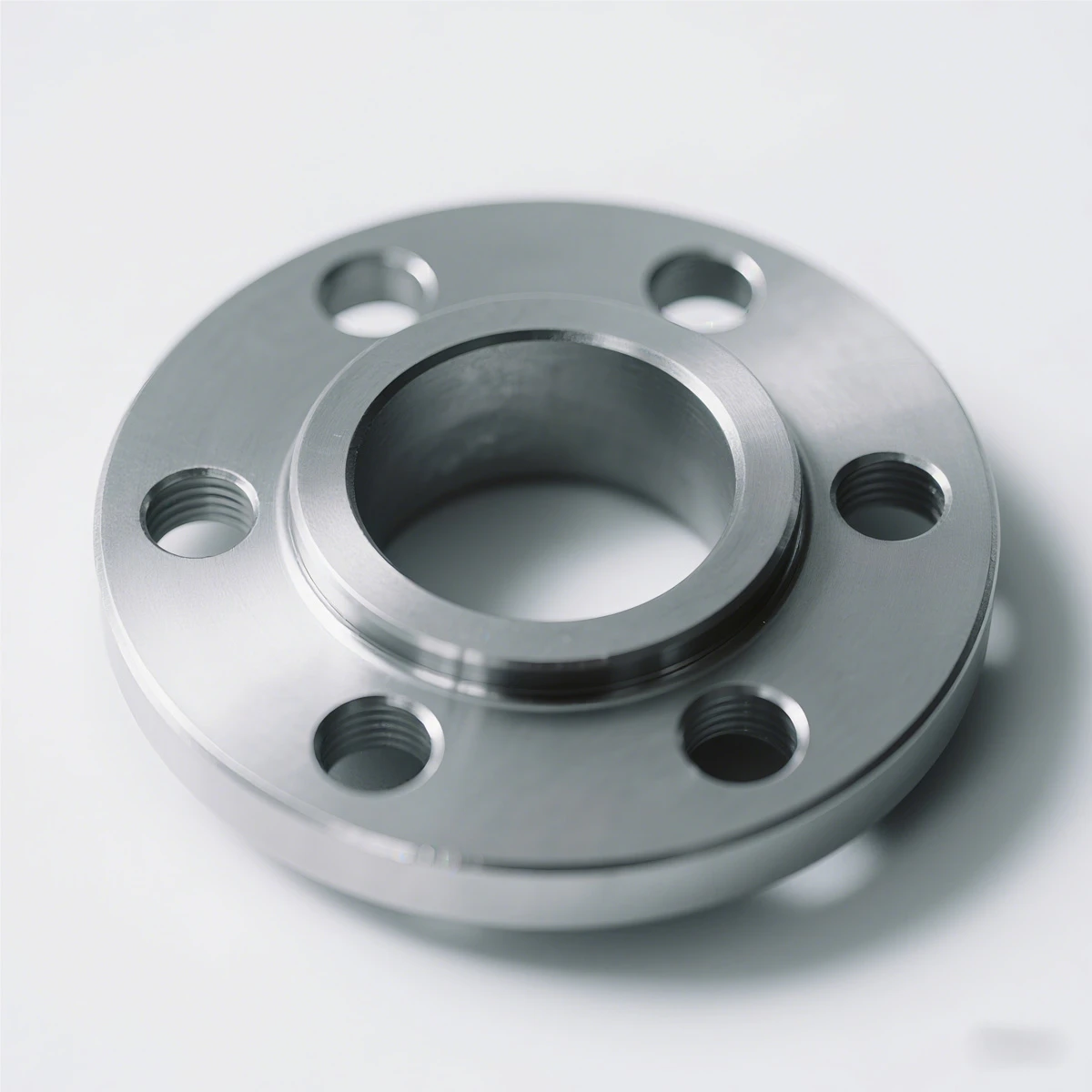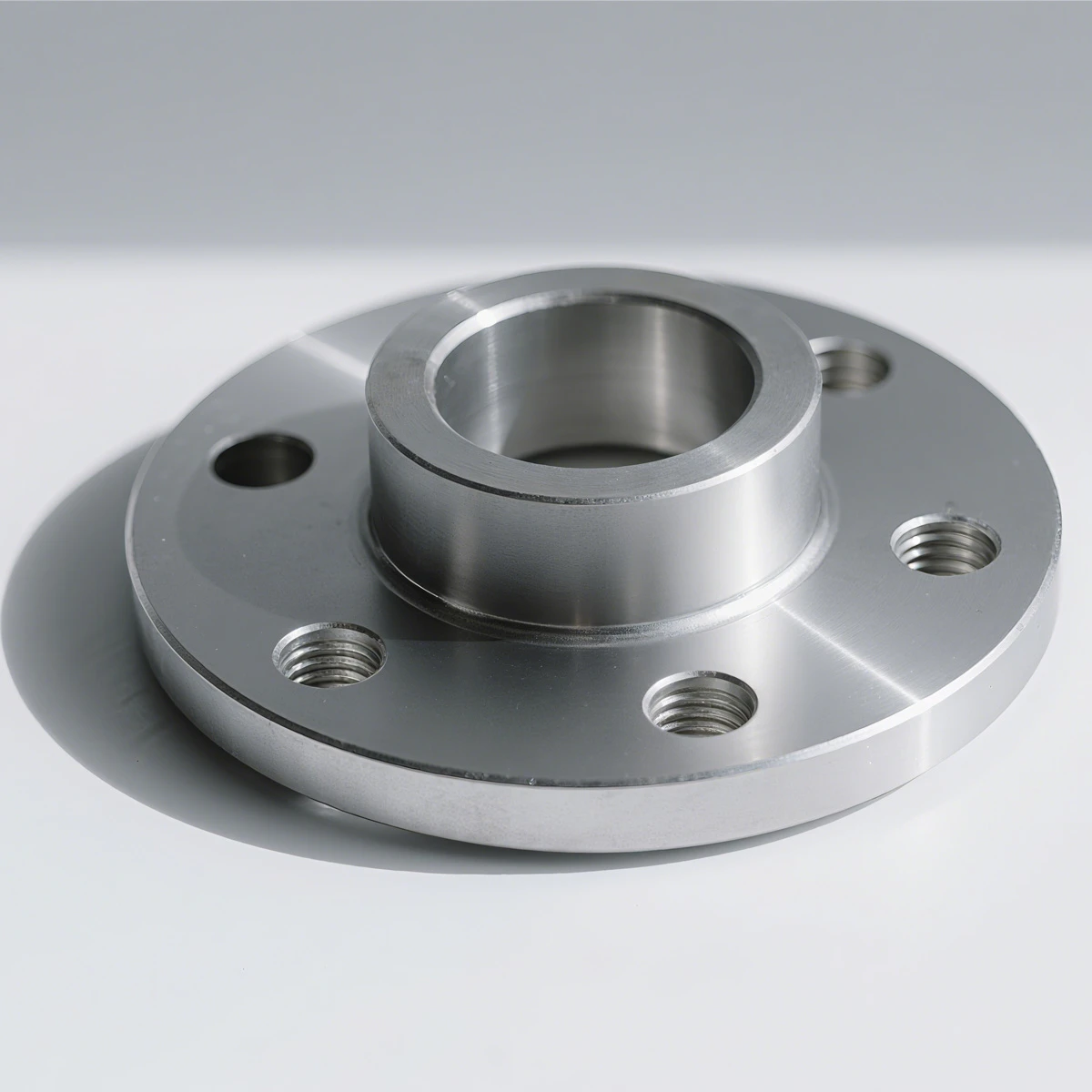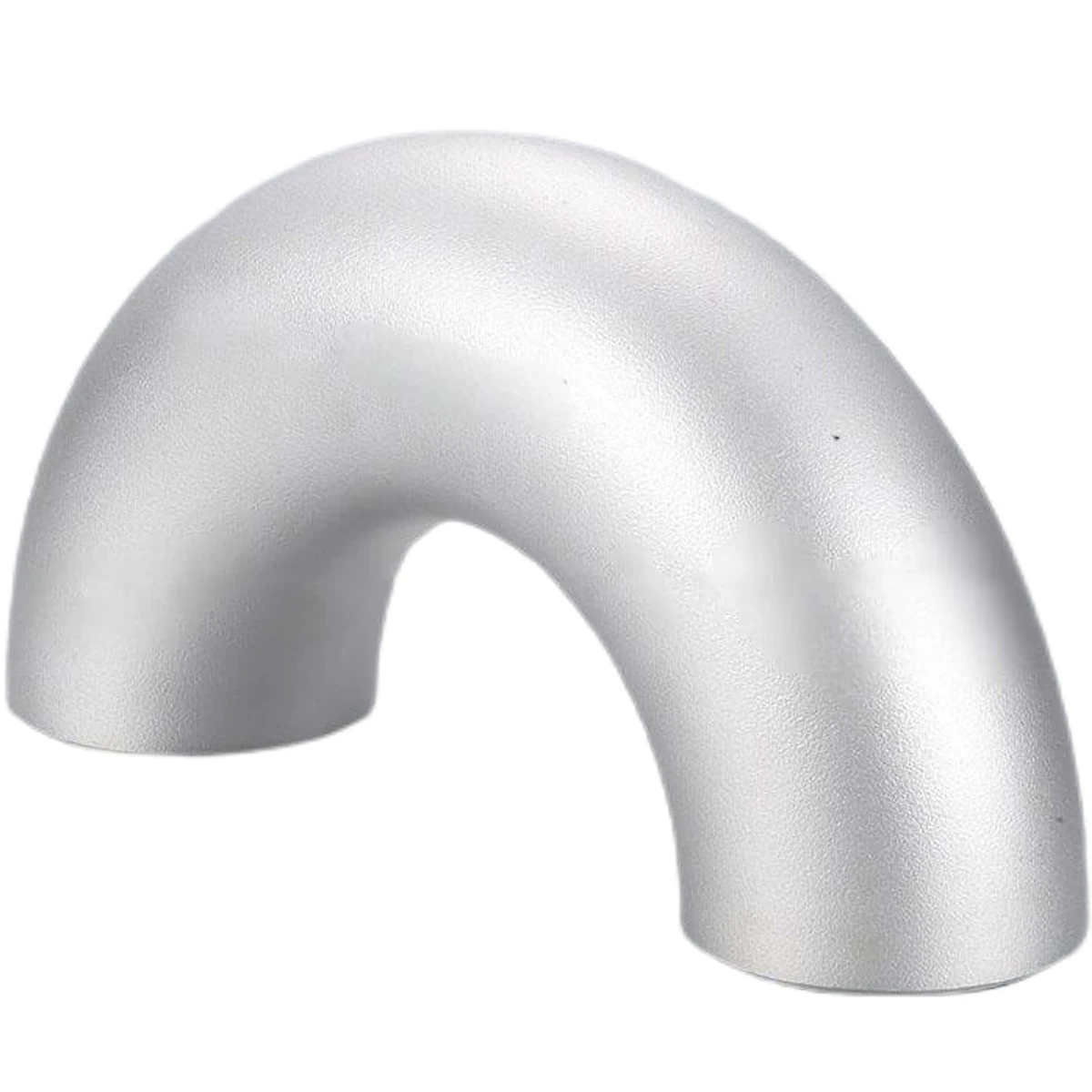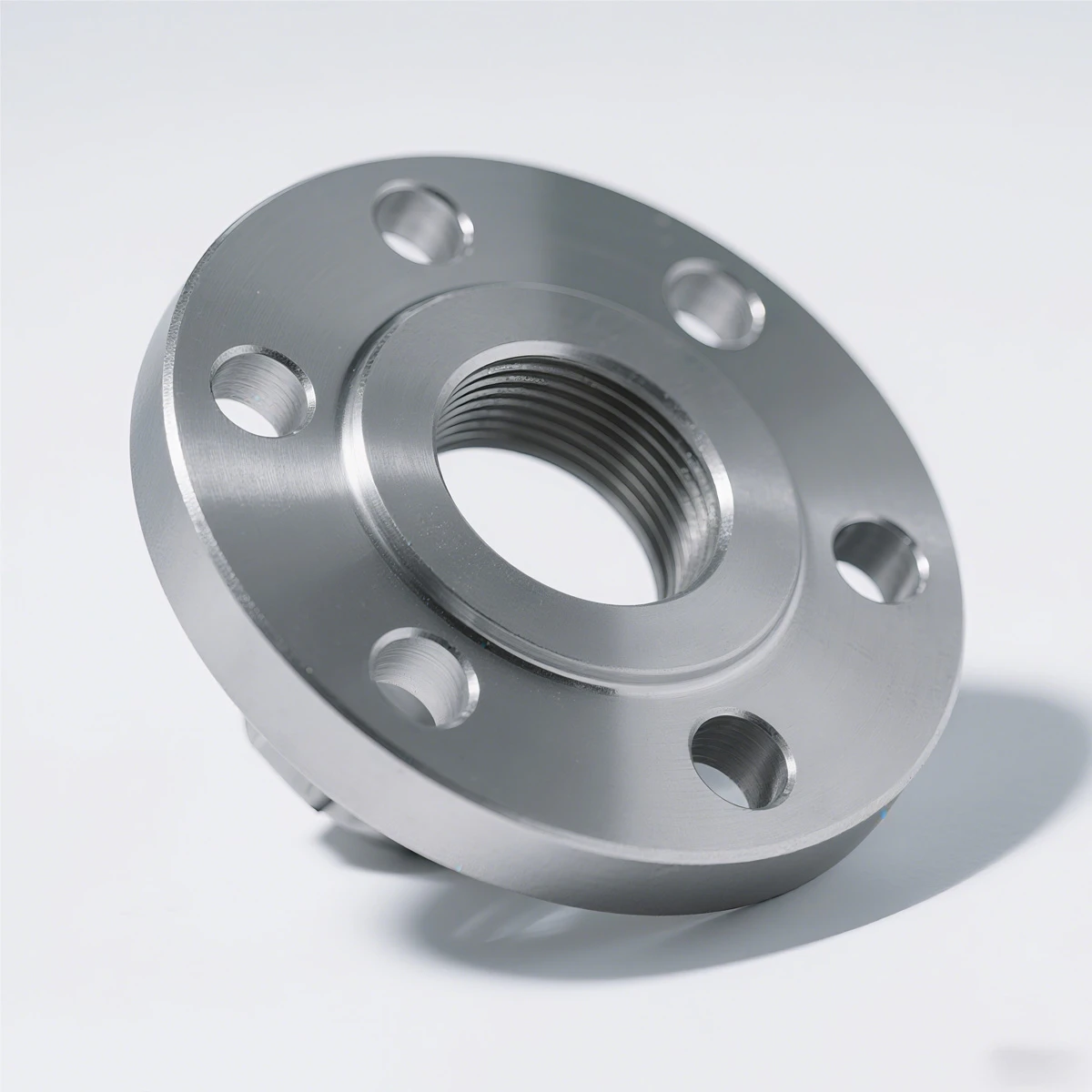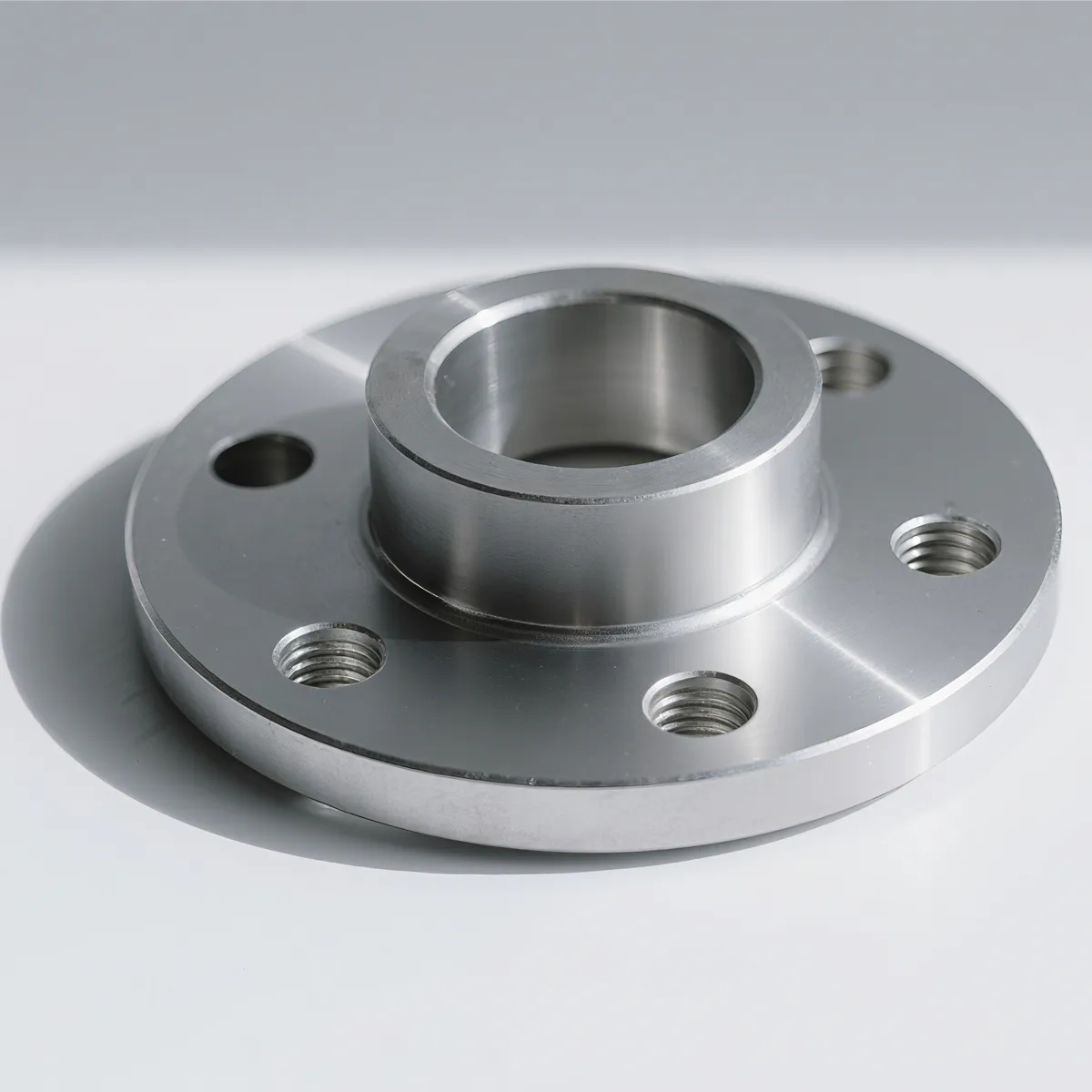
Understanding Long Neck Flanges: A Critical Component in Industrial Piping
In the complex world of industrial piping systems, the integrity and reliability of every component are paramount. Among these, the long neck flange stands out as a crucial element, particularly valued for its enhanced structural integrity and superior stress distribution capabilities. This specialized flange is characterized by its elongated hub, which gradually tapers down to the pipe wall thickness, facilitating a smooth transition that minimizes stress concentration at the flange-to-pipe joint. This design is especially beneficial in high-pressure, high-temperature, or cyclic loading applications where conventional flanges might experience premature fatigue failures. Its robust construction ensures exceptional performance in critical infrastructure projects, providing a secure and durable connection that is essential for operational safety and efficiency in demanding environments across various sectors.
The demand for robust and reliable piping components continues to rise as industries evolve, particularly in sectors dealing with volatile or hazardous materials. The unique design of the long neck flange, also often referred to as a long weld neck flange or flange long welding neck, is engineered to mitigate the risks associated with pipe expansion, contraction, and vibration. Its ability to absorb and distribute mechanical stresses more effectively makes it an indispensable asset in modern industrial design. This section will delve into the intricate aspects of this essential component, exploring its technical specifications, manufacturing processes, diverse applications, and the significant advantages it offers in ensuring the long-term operational integrity of piping systems globally.
Technical Specifications and Industry Standards for Long Neck Flanges
The precise engineering and adherence to strict industry standards are what define the reliability of a long neck flange. These flanges are manufactured according to internationally recognized specifications such as ASME B16.5, ASME B16.47, API 6A, and MSS SP-44, which dictate dimensions, tolerances, materials, and pressure-temperature ratings. Common materials include carbon steel (e.g., A105, A350 LF2), stainless steel (e.g., A182 F304/304L, A182 F316/316L), and various alloy steels (e.g., A182 F5, A182 F9, A182 F11, A182 F22) chosen for their specific resistance to corrosion, high temperatures, or extreme pressures. The selection of the appropriate material is crucial and depends heavily on the medium being transported, the operating temperature, and the pressure conditions within the pipeline. For instance, A105 is widely used for general industrial applications, while F316L stainless steel offers superior corrosion resistance in acidic or marine environments.
| Parameter | Common Range/Value | Notes |
|---|---|---|
| Nominal Pipe Size (NPS) | 1/2" to 24" (ASME B16.5) | Larger sizes under ASME B16.47 |
| Pressure Class (lbs) | 150, 300, 600, 900, 1500, 2500 | Corresponds to max. allowable pressure |
| Material Grades | A105, A350 LF2, A182 F304/L, F316/L, F5, F11, F22 | Carbon, Stainless, Alloy Steels |
| Facing Type | Raised Face (RF), Flat Face (FF), Ring Joint Face (RTJ) | Determines gasket type and sealing mechanism |
| Long Neck Length | Varies by NPS & pressure class | Longer than standard weld neck for better stress distribution |
The detailed dimensions, weight, and bolt hole patterns for each pressure class and size are meticulously defined in these standards, ensuring interchangeability and compatibility across various manufacturers globally. Understanding these parameters is vital for engineers and procurement specialists to specify the correct long weld neck flange for their specific project requirements, ensuring safety and optimal performance. Manufacturers often provide detailed data sheets that expand upon these basic parameters, including specific metallurgical properties and test results for traceability.
The Meticulous Manufacturing Process of a Long Neck Flange
The production of a high-quality flange long welding neck involves a series of sophisticated processes designed to ensure structural integrity, dimensional accuracy, and material strength. The journey typically begins with the selection of raw materials, which are sourced from reputable mills and undergo stringent chemical composition and mechanical property testing. The primary manufacturing methods for these flanges include forging and, less commonly for this specific type, casting. Forging, particularly closed-die forging, is preferred for its ability to produce a strong, homogenous grain structure that enhances the flange's mechanical properties, making it more resistant to impact, fatigue, and stress corrosion cracking.

Following the initial forming, whether by forging or casting, the flanges undergo heat treatment processes such as normalizing, annealing, or quenching and tempering. These processes refine the grain structure, relieve internal stresses, and achieve the desired mechanical properties like tensile strength, yield strength, and toughness. Subsequent steps involve precision machining using CNC (Computer Numerical Control) machines to achieve the exact dimensions, face finishes, bore sizes, and bolt hole patterns as specified by ASME or other relevant standards. The long tapered hub of the long weld neck flange requires specialized machining capabilities to ensure a smooth transition for optimal welding and stress distribution.
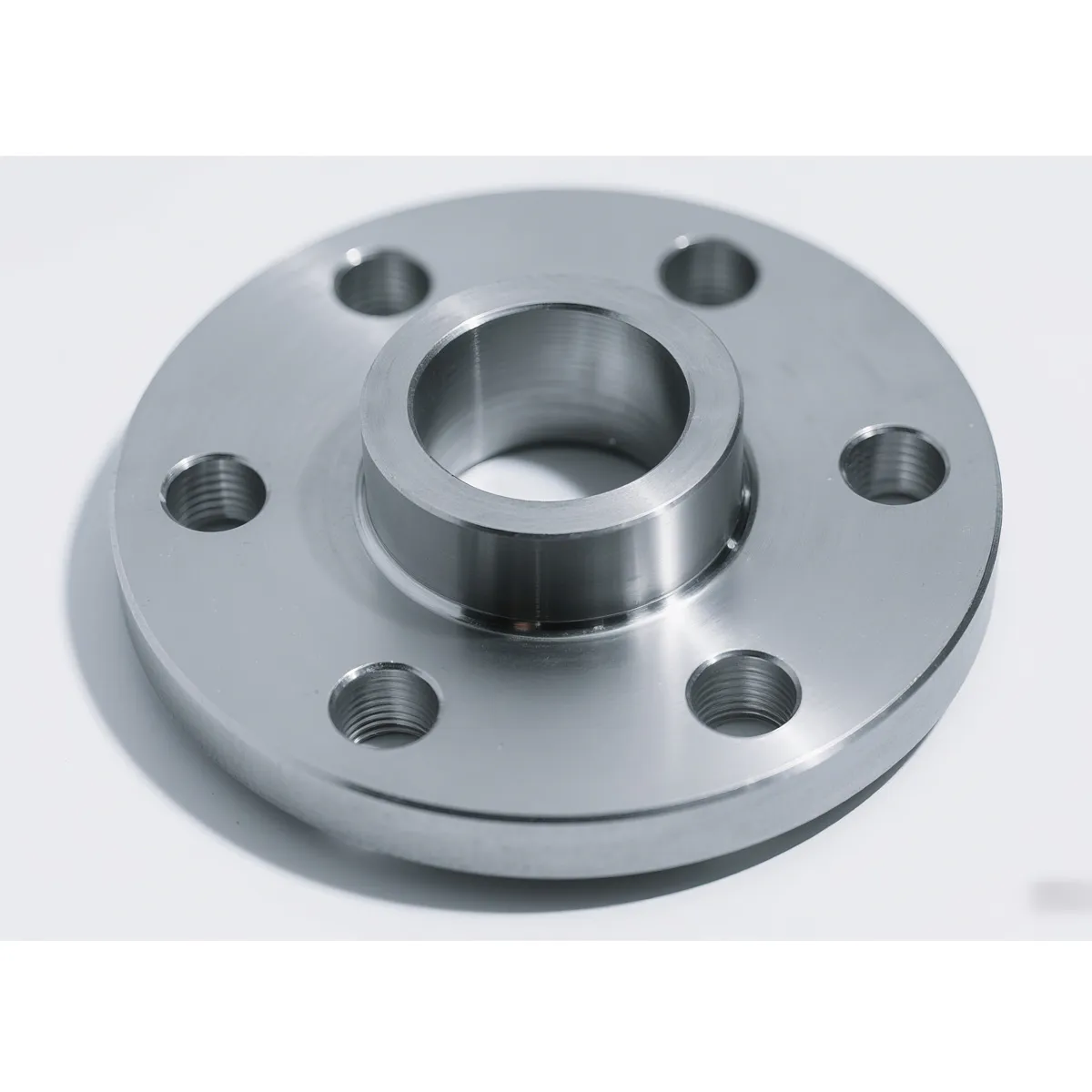
Quality control is integrated throughout the entire manufacturing cycle. This includes non-destructive testing (NDT) methods such as ultrasonic testing (UT), magnetic particle testing (MT), liquid penetrant testing (PT), and radiographic testing (RT) to detect any internal or surface flaws. Dimensional inspections are rigorously performed to ensure compliance with specified tolerances. Hydrostatic testing is often conducted on the finished product to verify leak integrity under pressure. This comprehensive quality assurance regimen ensures that each long neck flange meets the highest performance and safety standards, guaranteeing a long service life and reliable operation in even the most challenging industrial environments.
Technical Advantages and Performance Benefits
The distinct design of the long neck flange offers several significant technical advantages over other flange types, making it the preferred choice for critical applications. Its extended, tapered hub provides a more gradual transition of stress from the flange to the pipe, reducing stress intensification factors (SIF) at the welded joint. This is particularly crucial in high-pressure and high-temperature systems where thermal expansion and contraction can induce significant stress cycles. The superior stress distribution minimizes the risk of fatigue cracking and extends the overall service life of the piping system, contributing to enhanced operational safety and reduced maintenance costs.
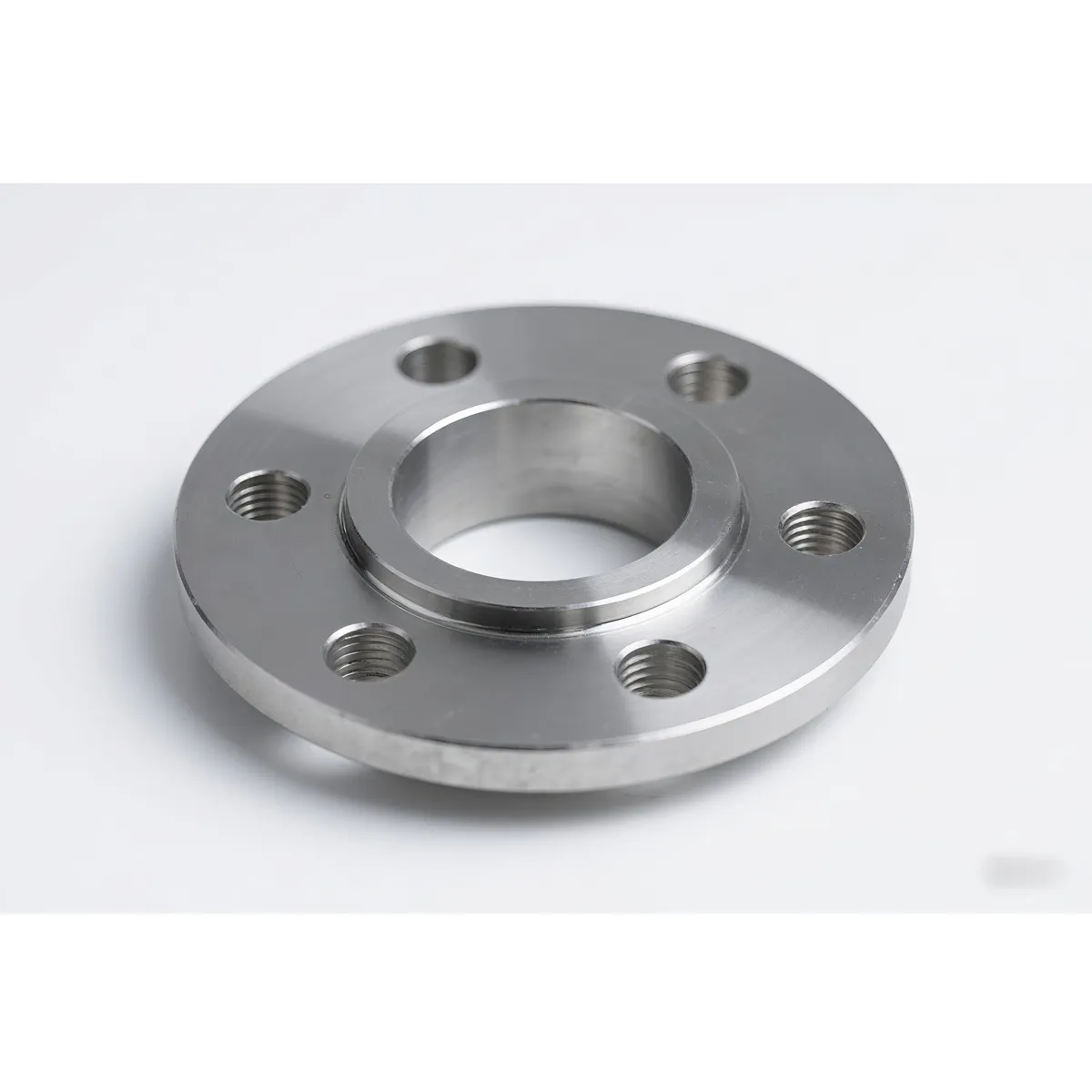
Furthermore, the robust construction and integrated design of the long weld neck flange result in a joint that is less prone to distortion under bending moments and external loads. This inherent rigidity helps maintain flange alignment and seal integrity, crucial for preventing leaks of hazardous or valuable fluids. In scenarios involving corrosive media, the weld itself is subject to less localized stress, which can lead to a longer lifespan of the pipe-flange assembly compared to configurations that might create stress risers. The enhanced stability also contributes to improved vibration dampening, an important consideration in systems with rotating equipment or turbulent flow.
Another key advantage lies in its compatibility with various non-destructive testing (NDT) methods. The long neck allows for easier and more reliable radiographic inspection of the butt weld, ensuring the integrity of the critical connection. This ease of inspection contributes to higher confidence in the system's reliability and compliance with regulatory requirements. For industries striving for energy efficiency, the reliable seal provided by a properly installed flange long welding neck minimizes fugitive emissions, directly translating to energy savings and reduced environmental impact. This anti-corrosion and anti-leakage capability is a significant benefit in industries like petrochemicals, where material integrity directly impacts safety and profitability.
Diverse Application Scenarios and Industry Trends
The versatility and reliability of the long neck flange make it indispensable across a multitude of heavy industries. Its primary applications are found in environments where high pressure, high temperature, and corrosive conditions are prevalent. This includes the petrochemical industry, where they are used extensively in refineries, offshore oil and gas platforms, and chemical processing plants for pipelines transporting crude oil, natural gas, acids, and other aggressive chemicals. Their ability to handle extreme internal pressures and fluctuating temperatures without compromising seal integrity is critical for preventing catastrophic failures and ensuring continuous operation.
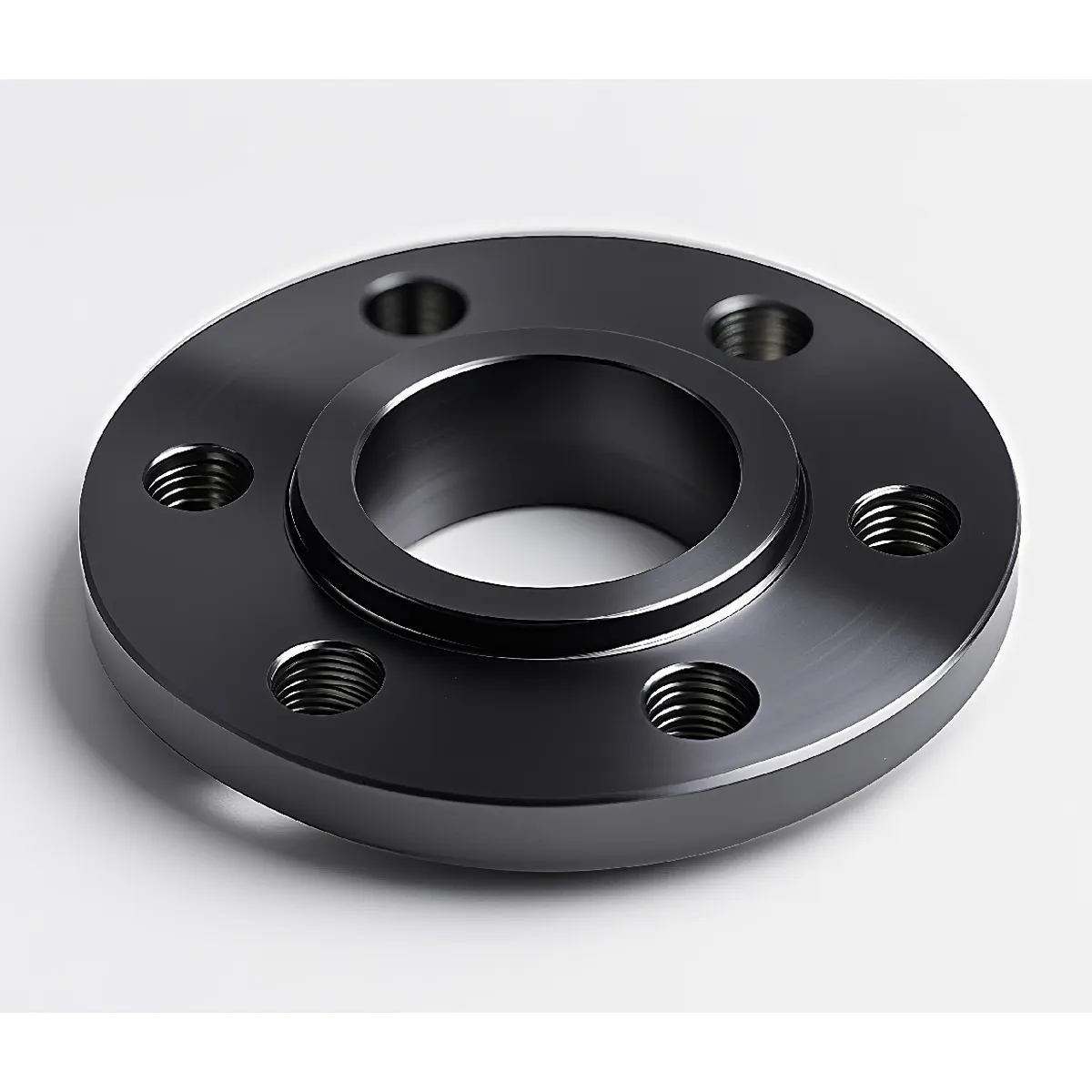
In the power generation sector, particularly in thermal and nuclear power plants, long weld neck flange are crucial for steam lines, feedwater systems, and condensate lines, where they withstand immense pressures and temperatures up to 600°C (1112°F). The metallurgy industry also relies on these flanges for handling molten metals, high-temperature gases, and abrasive slurries, often requiring specialized alloy steel variants for enhanced durability. Furthermore, in the water supply and drainage systems, especially for large-diameter pipelines or high-pressure pumping stations, these flanges provide the necessary strength and longevity to ensure uninterrupted service and minimize leakage, contributing to resource conservation.
Current industry trends indicate a growing emphasis on sustainability, digitalization, and predictive maintenance. Manufacturers of flange long welding neck are increasingly adopting advanced manufacturing techniques, such as additive manufacturing for complex geometries or smart sensors integrated into flanges for real-time monitoring of pressure, temperature, and vibration. There's also a rising demand for specialized coatings and internal linings to further enhance corrosion resistance and extend service life in ultra-harsh environments, aligning with goals of reduced environmental impact and increased operational efficiency across global industrial landscapes.
Customization Capabilities and Solution Expertise
While standard long neck flange specifications cater to a broad range of applications, many projects necessitate highly specialized solutions due to unique operational conditions, aggressive media, or extreme environmental factors. Reputable manufacturers offer extensive customization capabilities, working closely with clients to design and produce flanges that precisely meet bespoke requirements. This can involve using exotic materials like Duplex, Super Duplex, Inconel, or Hastelloy for exceptional corrosion resistance or high-temperature strength, beyond the common carbon and stainless steels. Customization also extends to non-standard dimensions, specific face finishes for unique sealing arrangements, or specialized hub lengths to accommodate particular welding procedures or connection points.
A key aspect of solution expertise lies in the ability to provide comprehensive engineering support, from material selection and finite element analysis (FEA) to stress analysis and prototyping. This ensures that custom-designed long weld neck flange performs optimally under predicted loads and conditions, maintaining integrity and safety. For instance, in a project requiring connection to existing, non-standard piping, a manufacturer can fabricate a custom flange long welding neck that perfectly matches the legacy system's dimensions, preventing costly rework or compromises in system integrity. This collaborative approach ensures that even the most challenging design constraints are addressed with precision and technical prowess, leading to highly effective and durable solutions.
Quality Assurance, Certifications, and Trustworthiness
For B2B decision-makers, trust is built on demonstrable quality and adherence to global standards. A leading supplier of long neck flange must exhibit a robust quality management system, typically certified to ISO 9001. This certification ensures consistency in manufacturing processes, from raw material inspection to final product delivery. Beyond this, product-specific certifications such as API (American Petroleum Institute) for oil and gas applications, PED (Pressure Equipment Directive) for European markets, and various national certifications, reinforce the product's compliance and suitability for regulated industries. Material traceability is also paramount, with flanges often supplied with full material test reports (MTRs) documenting chemical composition and mechanical properties, ensuring complete transparency for end-users.
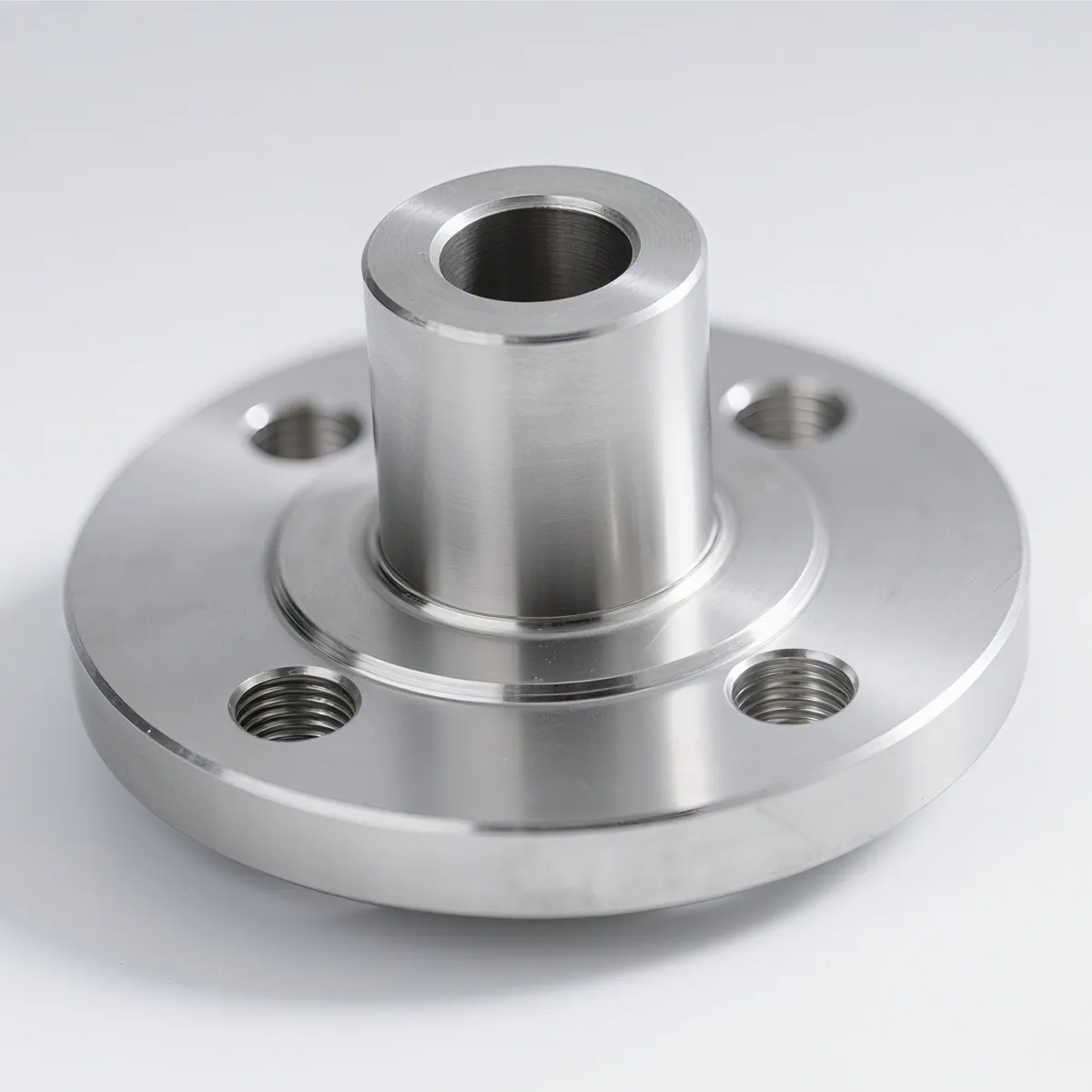
Authoritativeness is further solidified through long-standing industry partnerships, a proven track record of successful projects, and a team of experienced engineers and metallurgists. Companies that invest in advanced R&D, participate in industry standards committees, and publish technical papers contribute significantly to their authoritative standing. Regular third-party audits and certifications by independent bodies provide unbiased validation of product quality and manufacturing processes. For example, a company with over two decades of experience serving the petrochemical sector, backed by hundreds of successful installations and positive client testimonials, inherently demonstrates a high level of expertise and trustworthiness in supplying reliable long weld neck flange solutions.
The assurance of a comprehensive warranty and responsive customer support are also critical components of trustworthiness. A reputable manufacturer stands behind its products, offering clear warranty terms and efficient post-sales support for any technical inquiries or issues that may arise. This commitment to customer satisfaction, coupled with transparent delivery schedules and effective logistics management, builds lasting relationships with clients. This complete package of quality control, certifications, authoritative expertise, and dedicated customer service ensures that clients receive not just a product, but a reliable solution and a trusted partnership.
Frequently Asked Questions (FAQ)
Q1: What is the primary advantage of a long neck flange over a standard weld neck flange?
A1: The primary advantage lies in its extended, tapered hub, which provides a more gradual transition of stress from the flange to the pipe. This design significantly reduces stress concentration at the weld joint, making it ideal for high-pressure, high-temperature, and cyclic loading applications where fatigue resistance is critical.
Q2: What materials are commonly used for flange long welding neck?
A2: Common materials include various grades of carbon steel (e.g., ASTM A105, A350 LF2), stainless steel (e.g., ASTM A182 F304/304L, F316/316L), and alloy steels (e.g., ASTM A182 F5, F9, F11, F22). The choice of material depends on the fluid handled, operating temperature, and pressure requirements.
Q3: How does the manufacturing process ensure the quality of a long weld neck flange?
A3: Quality is ensured through rigorous processes including material selection, closed-die forging for superior grain structure, precision CNC machining, specific heat treatments, and extensive non-destructive testing (NDT) such as UT, MT, PT, and RT. Adherence to international standards like ASME B16.5 is also strictly maintained.
Q4: What certifications should I look for when purchasing long neck flange?
A4: Key certifications include ISO 9001 for quality management, and product-specific standards such as ASME B16.5/B16.47, API 6A, and PED (for Europe). Full material traceability and Material Test Reports (MTRs) are also essential for verification of material properties.
Conclusion: Securing Industrial Integrity with Long Neck Flanges
The strategic deployment of a meticulously engineered long neck flange is fundamental to ensuring the long-term integrity, safety, and efficiency of critical industrial piping systems. Its unique design, which minimizes stress concentration and enhances structural stability, makes it an indispensable component in environments characterized by high pressures, extreme temperatures, and dynamic loading conditions. From the rigorous selection of raw materials to the precise execution of forging, machining, and extensive quality control measures, every stage of its manufacturing process is geared towards delivering unparalleled performance and reliability.
As industries continue to evolve towards more demanding operational parameters and increasingly stringent regulatory requirements, the role of robust and reliable components like the long weld neck flange becomes even more critical. Partnering with a manufacturer that not only adheres to global quality standards but also offers comprehensive technical expertise, customization capabilities, and unwavering customer support is paramount for B2B decision-makers. Such a partnership ensures access to superior products that contribute significantly to operational uptime, reduced maintenance costs, and a safer working environment across vital sectors such as petrochemicals, power generation, and metallurgy. Investing in high-quality flange long welding neck is an investment in the long-term resilience and success of any industrial infrastructure.
References
- American Society of Mechanical Engineers. ASME B16.5: Pipe Flanges and Flanged Fittings NPS 1/2 Through NPS 24 Metric/Inch Standard.
- American Petroleum Institute. API Specification 6A: Specification for Wellhead and Christmas Tree Equipment.
- Materials Research Society. The Role of Forging in Enhancing Mechanical Properties of Steel Components.
- International Organization for Standardization. ISO 9001: Quality Management Systems - Requirements.
-
 May. 27, 2025
May. 27, 2025Plastic pipe fittings, in particular, are witnessing substantial growth due to their cost-effectiveness and versatility.
-
 Apr. 24, 2025
Apr. 24, 2025Jiuyuan Pipeline is excited to announce its participation in the upcoming 2025 Wire / Tube with Metal & Steel KSA exhibition, scheduled from May 5th to May 7th, 2025.
If you are interested in our products, you can choose to leave your information here, and we will be in touch with you shortly.
